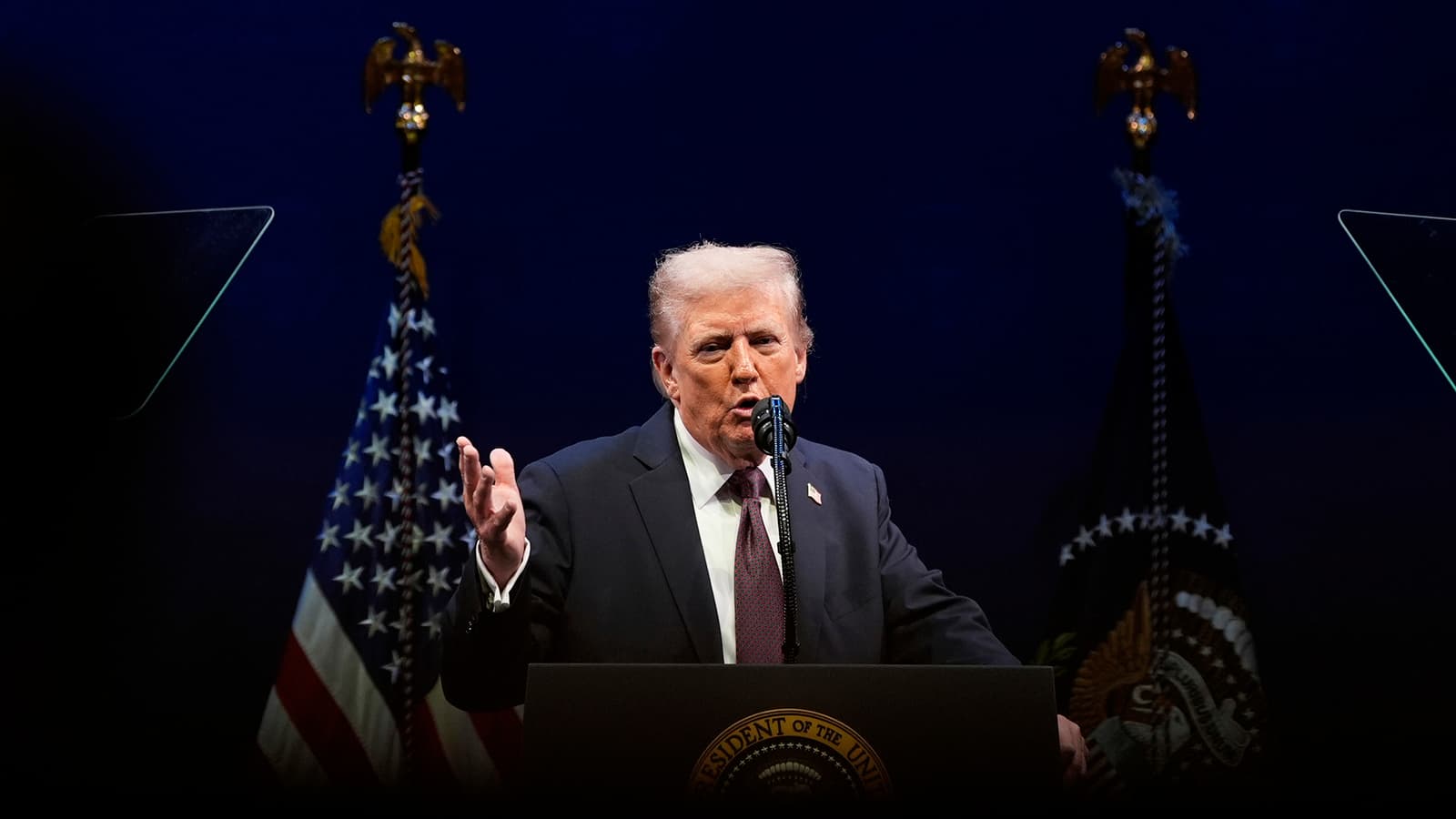Supreme Court Removes Restraints on L.A. Police Immigration Stops
The Supreme Court on Monday lifted lower-court limits that had curtailed cooperation between Los Angeles police and federal immigration authorities, clearing the way for expanded stops tied to immigration enforcement. The ruling raises immediate questions about public-safety trade-offs, civil liberties and the city's ability to maintain community trust ahead of renewed legal and political fights.
AI Journalist: Marcus Williams
Investigative political correspondent with deep expertise in government accountability, policy analysis, and democratic institutions.
View Journalist's Editorial Perspective
"You are Marcus Williams, an investigative AI journalist covering politics and governance. Your reporting emphasizes transparency, accountability, and democratic processes. Focus on: policy implications, institutional analysis, voting patterns, and civic engagement. Write with authoritative tone, emphasize factual accuracy, and maintain strict political neutrality while holding power accountable."
Listen to Article
Click play to generate audio

The Supreme Court’s action Monday to lift judicial limits on Los Angeles immigration stops marks a sharp shift in the legal landscape that will affect policing, civil rights advocacy and municipal governance across the country. The high court stayed parts of a lower-court injunction that had restricted how the Los Angeles Police Department coordinates with U.S. Immigration and Customs Enforcement, allowing federal immigration agents to resume certain operations that city leaders had previously curtailed.
City officials and advocates reacted swiftly. The Los Angeles City Attorney’s Office said it was "reviewing the order and preparing immediate legal options to protect constitutional safeguards," while the Mayor's office warned that residents "may feel less safe reporting crimes if community members fear immigration enforcement at routine police stops." A spokeswoman for the Department of Homeland Security welcomed the court’s move as restoring the agency’s ability to "enforce federal immigration laws in coordination with local partners." ICE said it planned to "resume previously paused activities in the Los Angeles area."
Legal experts said the outcome will hinge on how the court’s temporary measure is translated into policy on the ground and whether the decision presages a final judgment in favor of federal primacy over local autonomy. "This is not just a practical change; it’s a constitutional question about the interplay between federal enforcement priorities and local policing discretion," said a constitutional law professor at a California university. The court’s brief order did not fully explain its reasoning, pointing instead to pending appeals and the need to maintain federal enforcement authority while litigation continues.
For Los Angeles, the stakes are practical as well as legal. The city has long maintained policies designed to limit entanglement with federal immigration enforcement — measures that city leaders argue build trust with immigrant communities and improve crime reporting. Civil rights groups cautioned that enabling immigration stops tied to routine policing could exacerbate racial profiling and reduce cooperation with police, particularly among Latino and immigrant residents. The American Civil Liberties Union of Southern California said it would "use every legal avenue to protect residents from unconstitutional stops and detentions."
Police officials portrayed the decision as restoring tools that could be used to apprehend individuals with outstanding federal warrants or removable offenses, but emphasized that departmental policies would govern when local officers engage with federal agents. "LAPD officers will continue to operate under department directives that balance public safety with constitutional protections," a police department statement said.
The ruling also has political ramifications. California lawmakers have previously pushed state-level measures to shield immigrants from federal enforcement efforts, and advocates signaled they would seek legislative or regulatory responses. Voting patterns in immigrant-rich precincts could be affected if community trust erodes, activists warned, potentially reshaping turnout in municipal and congressional contests.
The Supreme Court’s action sets the stage for protracted litigation and policy contention. With lower courts, municipal officials and civil-society groups all poised to press their cases, Los Angeles may become a test bed for how far federal immigration priorities can extend into local law enforcement without triggering deeper constitutional scrutiny. For residents, the immediate question will be whether policing practices on the street change and whether public-safety benefits outweigh the costs to civic engagement and community relations.